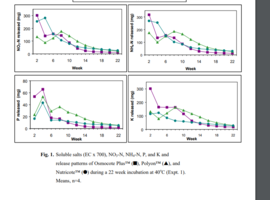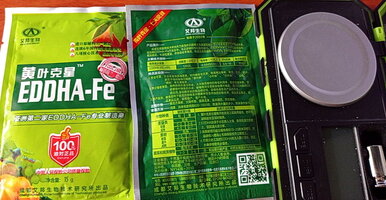I would say it's very likely. In my experience Tropica root tabs are also very rich in ammonia and quick to release it, a little less but similar to osmocote. The gel capsule is there only to help you put the grains in the substrate. It will quickly dissolve ( 1-2 days). The grains take longer to release their nutrients but do release a lot more during the first few months compared to afterwards.
The lack of answer to Burr's question and the relative lack of key water values in the referenced thread should raise some questions. Highly suspect that in the end the very rich substrate fertilization ended up as very rich water column fertilization as previously hinted. The main difference is that the substrate is a hard to measure, hard to adjust and reset black box. We know that ammonia, potassium and phosphate are leached through the substrate. Here is an experiment showing that with osmocote IntuitiveAqua.net | Knowledge Experience Intuition
I've read further reviews that have experienced the exact same as me, devastated and angry.
Wish I'd read further into this, ultimately my fault; but for anyone reading this, I'd caution you to stock to dosing the water column, or choosing a root tab that doesn't float at the least.




